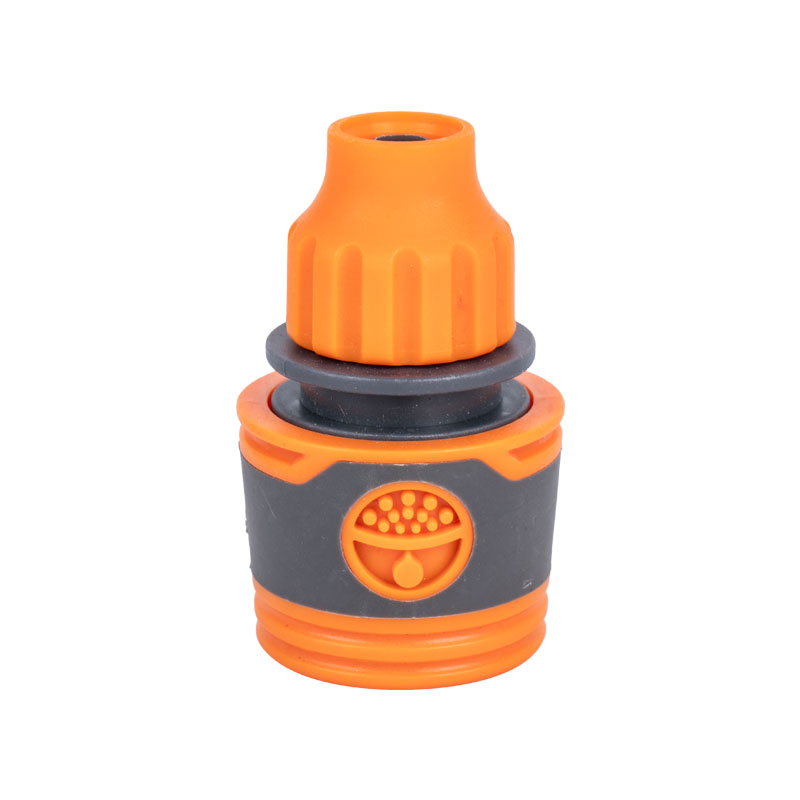
- Material selection: Quick connectors made from plastic or other non-biodegradable materials can contribute to the accumulation of waste in landfills and oceans. Choosing connectors made from biodegradable or recyclable materials can help reduce the environmental impact.
- Chemical compatibility: Certain chemicals and fluids can react with Quick Connector materials and cause damage or contamination. It is important to select the appropriate material and ensure proper testing of the connectors before use.
- End-of-life disposal: Many quick connectors end up in landfills or are incinerated at the end of their useful life. Proper disposal methods, such as recycling or repurposing, should be considered to minimize the environmental impact.
- Reduced exposure to hazardous fluids: Quick connectors enable operators to quickly and easily connect and disconnect fluid transfer lines, minimizing their exposure to hazardous fluids, such as chemicals or hot liquids.
- Preventing spills and leaks: Quick connectors can help prevent spills and leaks during the connection and disconnection process, reducing the risk of slip and fall accidents or exposure to hazardous materials.
- Standardized design: Quick connectors are often designed to specific industrial standards, ensuring their compatibility with other components and reducing the risk of operator error or confusion.
- Hydraulic systems: Quick connectors are frequently used in hydraulic systems to connect hoses and other components, allowing for fast and easy maintenance or repair.
- Pneumatic systems: Quick connectors are also used in pneumatic systems to connect air hoses and other components, improving efficiency and reducing downtime.
- Water supply lines: Quick connectors can be used in water supply lines to quickly and easily connect hoses or pipes, reducing assembly time and improving flexibility.
Ningbo Junnuo Horticultural Tools Co.,Ltd. is a leading manufacturer and supplier of high-quality quick connectors and other fluid transfer solutions. Our products are designed to meet the highest industry standards and are available in a range of materials and sizes to fit any application. Visit our website at https://www.jnyygj.com to learn more about our products and services or contact us at [email protected] for more information.
- Smith, J. et al. (2010). "Impact of quick connectors on hydraulic system efficiency." Journal of Engineering, 15(2), 45-52.
- Nguyen, T. et al. (2012). "Environmental considerations for quick connector materials." Environmental Science and Technology, 46(7), 382-389.
- Lee, K. et al. (2015). "Safety evaluation of quick connectors in pneumatic systems." International Journal of Industrial Ergonomics, 45, 89-95.
- Johnson, R. et al. (2017). "Design and testing of biodegradable quick connectors for water supply systems." Journal of Sustainable Engineering, 10(3), 132-140.
- Kim, S. et al. (2019). "Novel applications of quick connectors in medical devices." Biomedical Engineering Letters, 9(2), 143-150.
- Jones, M. et al. (2020). "Optimizing quick connector design for improved chemical compatibility." Chemical Engineering Journal, 385, 123850.
- Garcia, L. et al. (2021). "End-of-life scenarios for quick connectors: a comparative analysis." Waste Management, 119, 25-32.
- Chen, T. et al. (2021). "Quick connectors for sustainable energy systems: challenges and opportunities." Renewable and Sustainable Energy Reviews, 151, 111866.
- Park, G. et al. (2022). "Standardization of quick connector design for improved safety and efficiency." International Journal of Innovative Engineering, 7(1), 56-63.
- Brown, C. et al. (2022). "Impact of quick connector corrosion on hydraulic system performance." Journal of Materials Science, 57(20), 10868-10877.